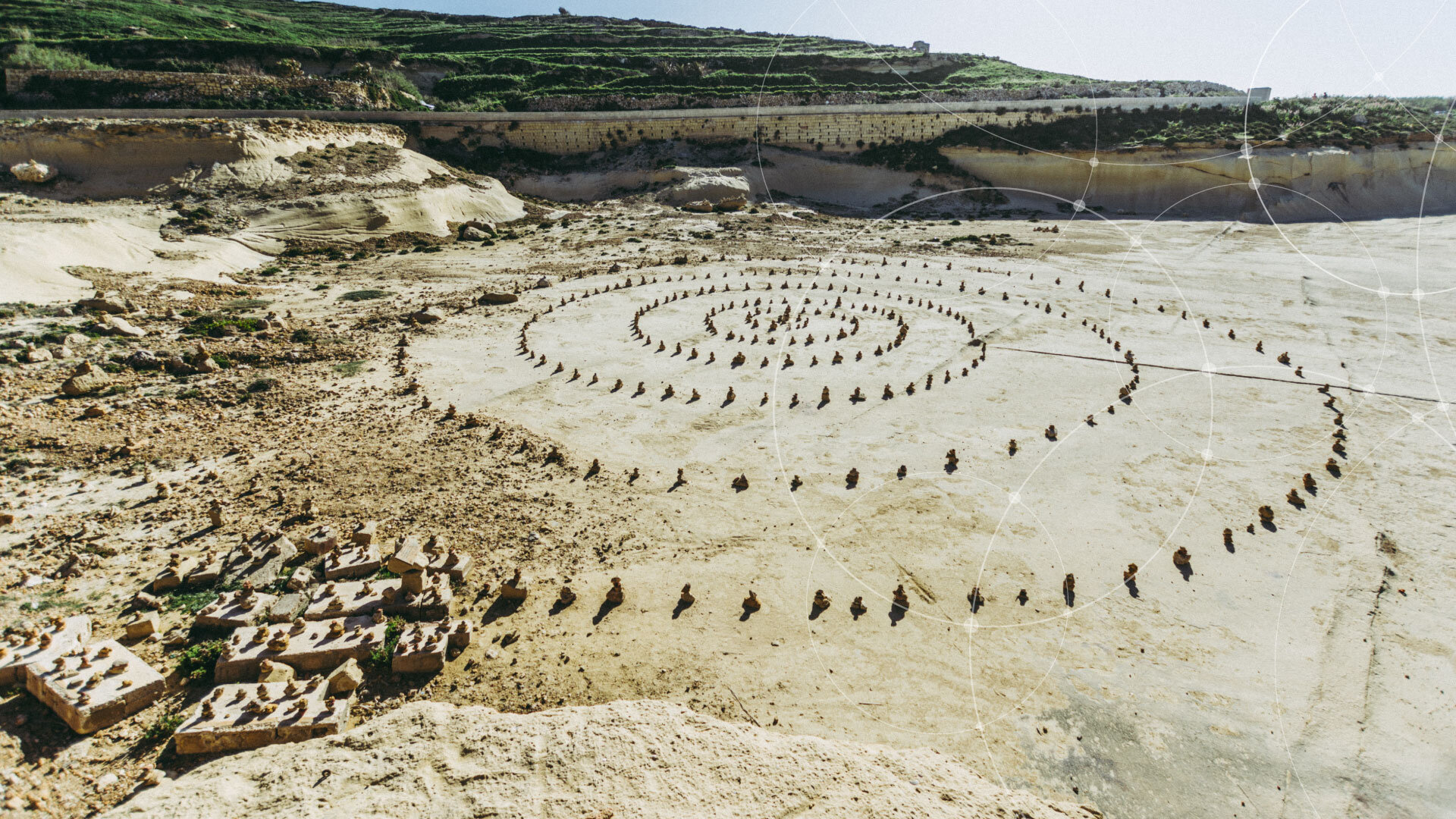
Conceptual Model
The following diagram and explanation represent a proposed conceptual model, based on scientific evidence for the interrelationships between five domains of personal transformation and how they work together to catalyze prosocial behavior and social change.
Introduction
The five domains of personal transformation reviewed tend to work through a six-part pathway to influence prosocial outcomes and potentially social change:
(1) Mindfulness and emotional intelligence build the self-awareness and self-knowledge that enable us to
(2) move into a place of greater self-regulation. From this process of inner growth, we find greater agency and wellbeing, and
(3) develop the capacity to understand others more completely. As we continue to invest in our inner development and relationships, we
(4) find deeper connectedness and engage positively with others. As we continue to foster mindfulness, social and emotional intelligence, and a sense of belonging and/or community, we
(5) cultivate the foundational prosocial orientation that motivates us to act on behalf of the common good.
Personal Transformation Mechanisms Through the Pathway
We offer one final way to cross-reference each individual personal domain and its contribution to the pathway of inner transformation for prosocial behavior:
| Personal Transformation Domain | Mechanism by Which It Works through the Pathway | Sources |
|---|---|---|
| Mindfulness | Through the mechanisms of cognitive integration, perspective-taking, and reappraisal, mindfulness allows for greater self-awareness, emotion regulation, empathy and compassion, connectedness, less anger in conflict, and lower bias better relationships, ethical behavior and responsible decision-making sense of personal satisfaction, connection with others | Bishop et al., 2004; Dahl et al., 2015; Davis & Hayes, 2011; Gerdes & Segal, 2009; Goleman, 1995a; Goleman & Boyatzis, 2008; Hölzel et al., 2011b; Isbel & Summers, 2019; Luberto et al., 2019; Salovey & Mayer, 1990; Segal, 2011; Weissberg et al., 2015 |
| Contributes to the 5 Pillars of SEL: · Self-awareness: Mindfulness directly contributes to emotional recognition, understanding and self-regulation. · Self-management: Investment in resilience, mindfulness, wellbeing and trauma-healing helps to enable self-management, recognize negative coping behaviors and engage in positive methods of self-care. · Social Awareness: Engagement in mindfulness behaviors enhance the neural networks underlying empathy, compassion, and prosocial behavior, which can contribute to social awareness, social connection, and social capital. · Relationship Skills: Individual self-awareness and self-management skills, combined with mindfulness that drives compassion, helps to foster a sense of belonging and wellbeing in relationships. · Responsible decision-making: As mindfulness fosters compassion and an understanding of how change affects the self and others, decisions can be made from a place of compassion, empathy and human understanding. | Ludvik & Eberhart, 2018 | |
| Associated with a reduction in intrusion, avoidance and hyperarousal categories of PTSD symptoms, and a sense of empowerment | Chopko & Schwartz, 2013; Kolk, 2006 | |
| Wellbeing and Resilience | Reduces illness and health-related expenses, higher legal liabilities, greater risk-taking, higher rates of accidents, more internal conflict, reduced effectiveness, and more turn-over · By fostering a more holistic and person-centered approach to national policy and development goals | Antares Foundation, 2012; Ehrenreich & Elliot, 2004 |
| Trauma-Healing requires a social pathway of recourse, which also helps rebuild society through corrective justice, social change and personal agency | Herman, 1992 | |
| Emotional and Social Intelligence (EI) and Social-Emotional Learning (SEL) | Through activation of several neural networks that are involved in emotion, perception, regulation, and decision-making, many of which are also engaged through mindfulness practice | Bishop et al., 2004; Dahl et al., 2015; Davis & Hayes, 2011; Hölzel et al., 2011b; Isbel & Summers, 2019; Kilgore et al., 2017; Luberto et al., 2019; Ludvik & Eberhart, 2018 |
| Through cultivating empathy and compassion | Goleman & Boyatzis, 2008; Segal, 2011; Weissberg et al., 2015 | |
| SEL fosters “fluid intelligence”, which involves cognitive flexibility, working memory, and inhibitory control - the same mechanisms of mindfulness | Ludvig & Eberhart, 2018 | |
| Through fostering social awareness, connectedness, gratitude, active listening, cooperation, ethical choices, empathy and responsible action, especially during adolescence when such internalized values are established · Through fostering an internalized orientation towards helping others, which dictates whether people help beyond a momentary, spontaneous act. · Combined with an understanding of structural inequity, sense of belonging, empathy, knowledge about others, shared values, respect for diversity, and social responsibility | CASEL, 2020; Ludvig & Eberhart, 2018; Weissberg et al., 2015; Wilhelm & Bekkers, 2010 | |
| Empowerment & Agency | Leads to greater accountability and stronger voices improvements in economic wellbeing; access to social services, justice, and markets; better governance; and stronger civil society | Ibrahim & Alkire, 2007 |
| Satisfaction towards meeting such personal goals | Summer et al., 2009 | |
| Sense of Community or Belonging + Social Intelligence and Social Empathy | Through feeling a sense of belonging and experiencing high levels of social support intrinsic motivation to act for social good in alignment with shared values of community collective problem-solving and civic engagement, personal competency, resilience reduced stress, happiness and meaning as well as encouragement of positive behavior | Brewer & Gardner, 1996; Chavis & Pretty, 1999; Norris et al., 2007; Ryan & Deci, 2000; Sampson et al, 1997; Sherrieb et al., 2010; Uchino, 2006 |
| Through (1) objective, material elements such as social justice and law enforcement, (2) subjective perception of safety, trust, respect, and support, and (3) intentional efforts for exposure to and understanding of other’s experiences, such as restorative justice and participatory development endeavors social cohesion and social capital | Chambers, 2009; Chavis & Pretty, 1999; Mercy Corps, 2010; White, 2010 |
